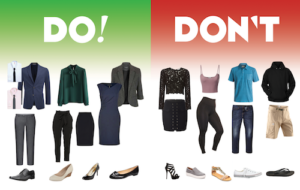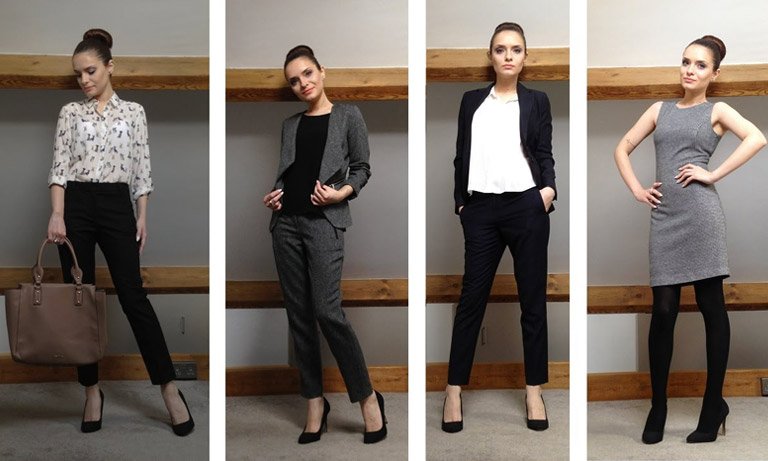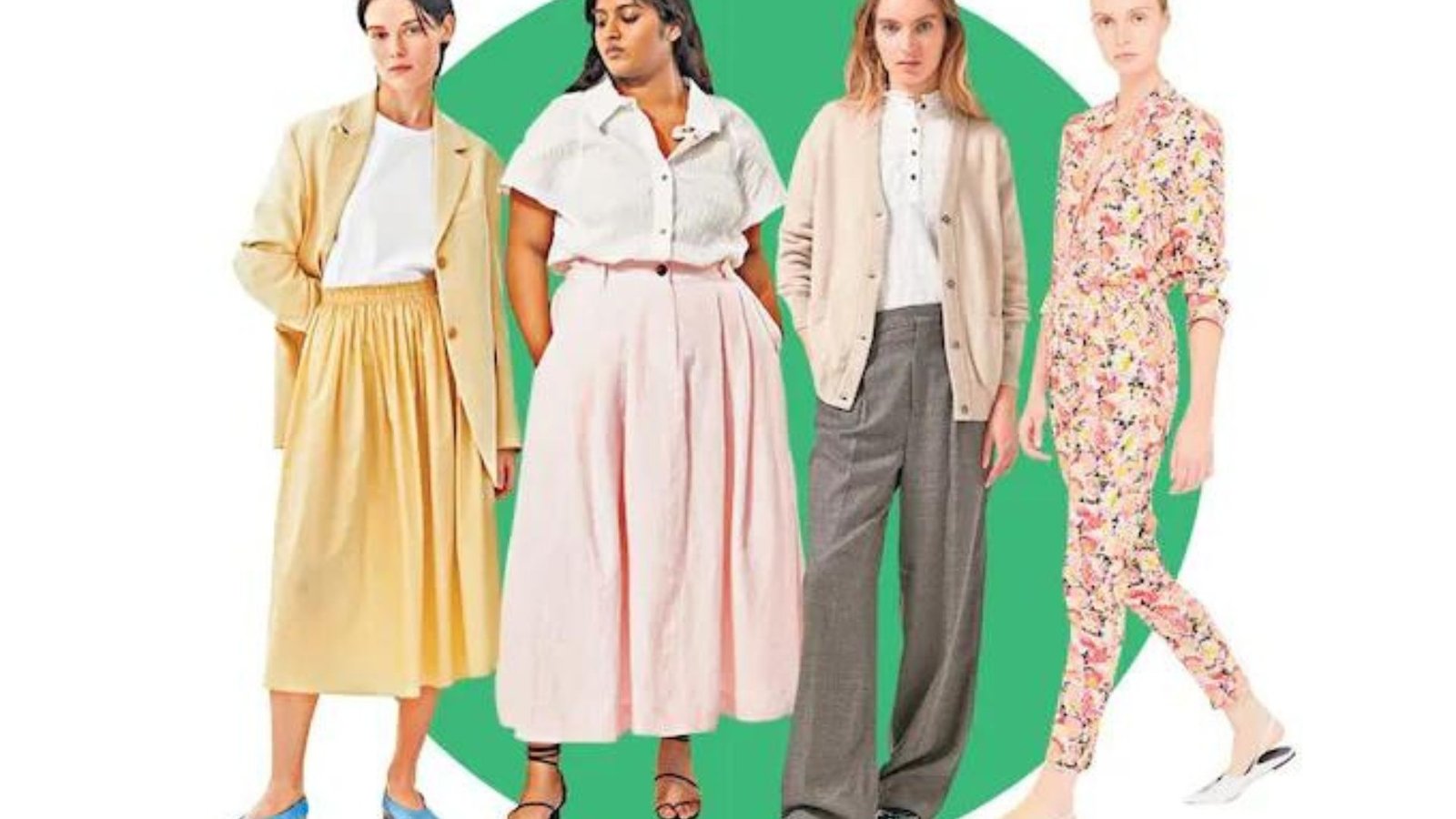Dressing for success in the workplace is not just about looking stylish; it’s about making a lasting impression and presenting yourself as professional, confident, and ready to tackle any task. Your attire can influence how others perceive you and even affect your productivity and mindset. Here are some essential tips on how to dress for success, whether you’re attending a job interview, heading into the office, or working in a more casual environment.
1. Understand Your Workplace Dress Code
Before choosing an outfit, it’s crucial to know your company’s dress code. Here are the common types:
- Business Formal: Suits, ties, dress shoes, and blouses for women, typically worn in corporate environments.
- Business Casual: A more relaxed version of formal wear, including dress pants, button-down shirts, blouses, and skirts, but without the need for a suit.
- Smart Casual: A blend of professional and casual, such as chinos, blazers, and neat, well-fitting shirts or dresses.
- Casual: More relaxed attire like jeans and T-shirts, often seen in creative or tech industries.
Pro Tip: If you’re unsure about your company’s dress code, observe what your colleagues are wearing or ask HR for guidance.
2. Choose Tailored and Well-Fitting Clothing
Wearing clothes that fit well is one of the simplest ways to look polished and professional. Avoid oversized or ill-fitting clothing, as it can give a sloppy impression.
- For Men: Ensure your suits and shirts are tailored to your body. Pants should not be too long or too short, and sleeves should hit the wrist perfectly.
- For Women: Dresses, skirts, and trousers should fit comfortably without being too tight or too loose. Pay attention to hemlines and necklines, opting for professional and tasteful cuts.
Pro Tip: Investing in tailored clothing can elevate your look, even if you’re working with a smaller wardrobe.

3. Dress for Your Role and Goals
Your attire can reflect your ambitions and how you want to be perceived in the workplace. If you’re aiming for a promotion or leadership position, dressing slightly above your current role can signal that you’re ready for more responsibility.
- Leaders: Opt for more formal attire, even if the office dress code is business casual. A well-fitted blazer or suit can convey authority and competence.
- Creative Roles: You can embrace a more unique, stylish approach while maintaining professionalism. Think bold prints or trendy accessories paired with classic pieces.
Pro Tip: Dressing for the job you want, not the job you have, can subtly communicate your aspirations.
4. Pay Attention to Footwear
Shoes are a vital part of your professional image. Whether you’re wearing heels, flats, or dress shoes, make sure they are clean, polished, and in good condition.
- For Men: Classic leather dress shoes or loafers are perfect for formal or business casual environments.
- For Women: Heels are acceptable, but opt for comfortable, professional styles with a manageable height. Flats or low block heels are great alternatives.
Pro Tip: Avoid wearing overly casual or worn-out shoes, even in a relaxed work environment. Your shoes should complement your outfit and contribute to a polished look.
5. Keep Accessories Minimal and Tasteful
Accessories can enhance your outfit, but they should never overpower it. When in doubt, keep things simple and elegant.
- For Men: A classic watch, cufflinks, or a tie can add sophistication. Avoid loud patterns or excessive jewelry.
- For Women: Stick to simple jewelry like stud earrings, delicate necklaces, or a sleek watch. Scarves and belts can add personality, but keep them subtle.
Pro Tip: In a professional setting, less is often more when it comes to accessories. Avoid anything too flashy or distracting.
6. Stick to Neutral and Professional Colors
While bold colors and prints can be fun, neutral tones are often more appropriate for the workplace, particularly in formal settings. Colors like black, navy, grey, beige, and white are always safe bets.
- For Men: Stick to classic colors for suits like navy or charcoal. You can incorporate subtle color in your tie or pocket square.
- For Women: A neutral dress or suit can be paired with a colorful blouse or accessories for a touch of personality.
Pro Tip: Experiment with colors that complement your skin tone, but avoid overly bright or neon shades, which may appear unprofessional.
7. Maintain Grooming and Personal Hygiene
No matter how well-dressed you are, poor grooming can detract from your professional appearance. Ensure that your hair, nails, and overall hygiene are well-maintained.
- For Men: Regular haircuts, neatly trimmed facial hair, and clean, manicured nails are essential.
- For Women: Keep hair clean and styled. Nails should be clean and, if polished, with a neutral or subtle color.
Pro Tip: Good grooming habits are just as important as your clothing when it comes to making a positive impression.
8. Dress for Comfort Without Sacrificing Style
You’ll likely be wearing your work clothes for long hours, so comfort is key. However, comfort doesn’t mean sacrificing professionalism.
- For Men: Opt for breathable fabrics like cotton or wool blends, which are comfortable yet professional.
- For Women: Comfortable flats, stretchy but structured fabrics, and layering pieces like cardigans or blazers can keep you stylish and at ease.
Pro Tip: Always try on your work outfits in advance to ensure you can move comfortably while maintaining a professional appearance.
Conclusion
Dressing for success is about balancing professionalism with comfort and personal style. By understanding your workplace’s dress code, wearing well-fitted clothing, and paying attention to grooming and accessories, you can create a powerful image that supports your career goals. Whether you’re dressing for a corporate boardroom or a casual creative office, these tips will help you look your best and make a lasting impression.




